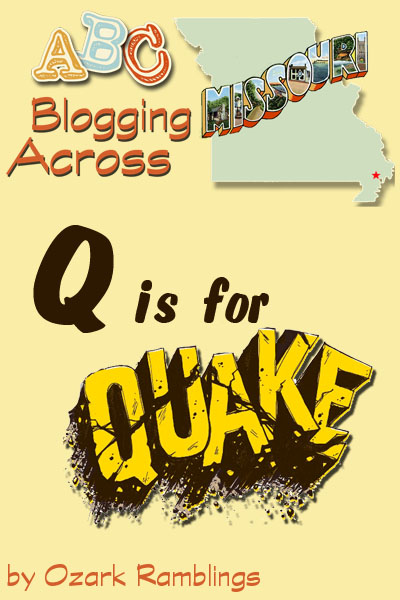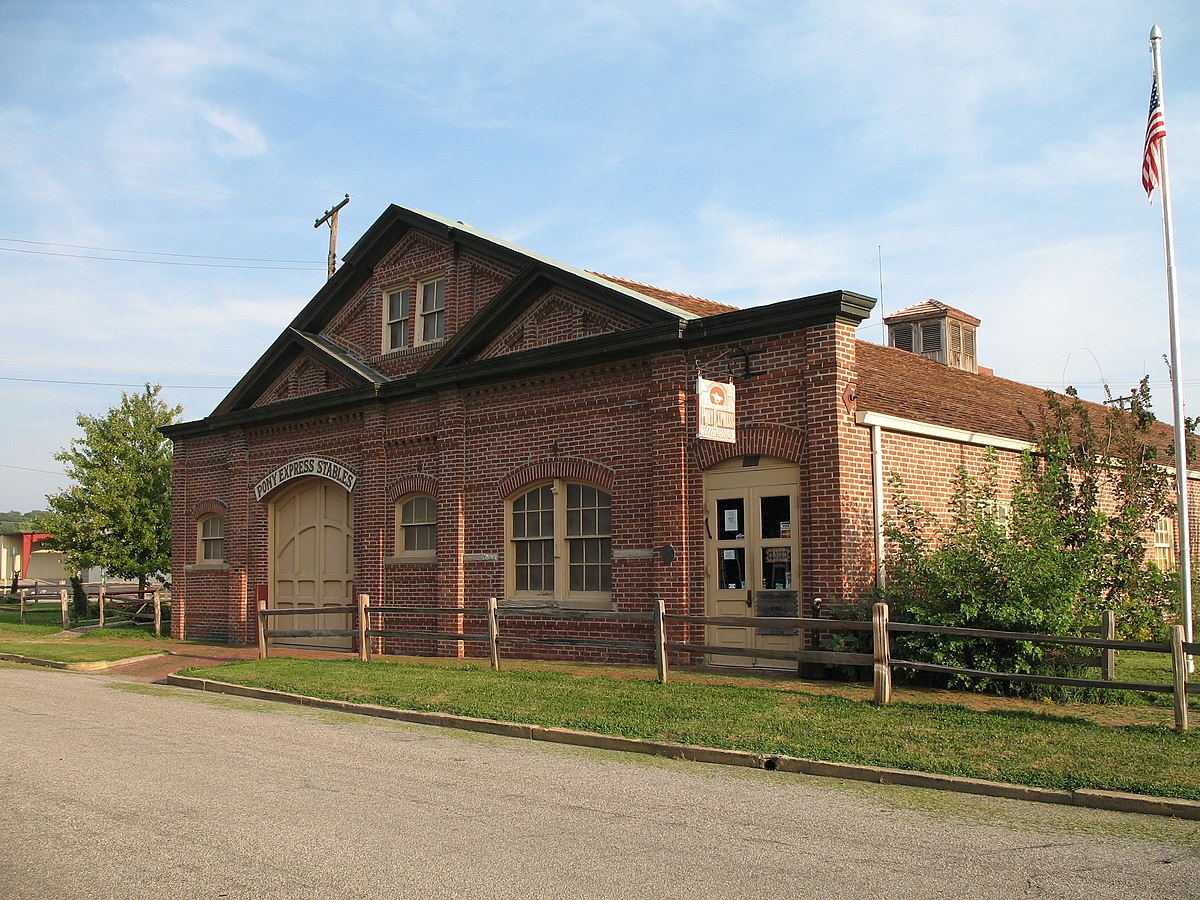In September 1864 Confederate Maj. Gen. Sterling Price led 14,000-15,000 men into Missouri. His goals were to capture Union supplies and weapons, find sympathizers to recruit, and if possible get the attention of Union forces east of the Mississippi River and divert them from Confederate troops that had already been pummeled. On Sept. 26th, Price led an attack on Fort Davidson near Pilot Knob. The fighting went on for several days until the Union commander of the fort, Gen. Ewing ordered an evacuation of the fort. The Union soldiers snuck out in the middle of the night and when they were safely away a small group of men left behind blew up the powder magazine, denying the Confederates the supplies and weapons they were seeking. Price’s realized he had lost too many troops in attempting to take the fort and had to abandon plans to capture either St. Louis or Jefferson City.
Sept 27 & 28 will be our first trip to Pilot Knob so I’ve been reading up on what to expect. On both days, the camps open to the public at 8 AM and the main battle commences at 1:30 in the afternoon. The museum and sutlers’ tents will be open both days. I’m particularly interested in seeing the blowing up of the fort on Saturday night!
I have always maintained that one of the best ways for you kids to learn history is by letting them interact with re-enactors. Most of these men (lets face it, even if the whole family is involved it’s usually the men’s idea) are very passionate about the era or the war they are representing—the study in their “off-season” to be as historically accurate as possible. And they love sharing their knowledge with kids! Some even go to the trouble of setting up special days just for students to tour the camps. Our homeschool group got to fire the cannons at a Lewis & Clark event while another man appealed to the gross factor by explaining field medicine during the Corp of Discovery—the boys LOVED it.
Pilot Knob only hosts reenactments every third year (they actually waited 4 years to line up with this anniversary), so if you miss this event you’ll have to wait for a while to go again and of course it won’t be a big anniversary year in 2017. HINT: Bring hearing protection, those cannons can get loud!
I’m linking up with …




 Now is the time when all teachers are testing to see just how severe the “brain drain” was over summer vacation. It’s inevitable that some of what was learned last year must be learned again (or at least reviewed). Let’s take math facts for example, the answers just don’t come as quickly as they did last spring. It was a great time to review
Now is the time when all teachers are testing to see just how severe the “brain drain” was over summer vacation. It’s inevitable that some of what was learned last year must be learned again (or at least reviewed). Let’s take math facts for example, the answers just don’t come as quickly as they did last spring. It was a great time to review 







 All good things must come to an end. We’re starting school again so this will be the last of the just for fun reading rescued books. To go out with a bang, I’m sharing about a whole series of books, not just one.
All good things must come to an end. We’re starting school again so this will be the last of the just for fun reading rescued books. To go out with a bang, I’m sharing about a whole series of books, not just one.

 Reading and studying the Bible have always been the first activities of our school day. This year my son is working on his required Bible Merit for Royal Rangers---learning the books in order, creating a timeline, choosing 16 books to read, and more. This review of
Reading and studying the Bible have always been the first activities of our school day. This year my son is working on his required Bible Merit for Royal Rangers---learning the books in order, creating a timeline, choosing 16 books to read, and more. This review of 


















 National Museum. Now if that left you wanting to know more I’ve got two rescued books on the subject.
National Museum. Now if that left you wanting to know more I’ve got two rescued books on the subject.





 Tourists looking down from the windows of the Arch to the west often see the federal style building with the oxidized copper dome and assume it’s the state capitol. Nope, that’s in Jefferson City—not visible from the Arch. St. Louisans refer to the building as “The Old Courthouse” Not terribly original, huh? The basilica nearly across the street is referred to as the Old Cathedral. I’m not presuming this is the only old courthouse in the country, in fact I’m sure there are many older buildings on the east coast where legal cases were heard.
Tourists looking down from the windows of the Arch to the west often see the federal style building with the oxidized copper dome and assume it’s the state capitol. Nope, that’s in Jefferson City—not visible from the Arch. St. Louisans refer to the building as “The Old Courthouse” Not terribly original, huh? The basilica nearly across the street is referred to as the Old Cathedral. I’m not presuming this is the only old courthouse in the country, in fact I’m sure there are many older buildings on the east coast where legal cases were heard. 



 Dred Scott was a slave brought to the state by the Blow family and sold to a military surgeon, Dr. John Emerson. The doctor was assigned to various forts and outposts, including at least two in “free” land –the state of Illinois and Wisconsin Territory (remember the Missouri Compromise prohibited slavery in all Louisiana Purchase land north of 36°30′ latitude). Both Scott and the doctor married and both couples returned to St. Louis in 1842. Shortly after, the doctor died and his widow inherited the Scotts as her property. She hired out the Scotts (they did the work, but she collected most of the wages).
Dred Scott was a slave brought to the state by the Blow family and sold to a military surgeon, Dr. John Emerson. The doctor was assigned to various forts and outposts, including at least two in “free” land –the state of Illinois and Wisconsin Territory (remember the Missouri Compromise prohibited slavery in all Louisiana Purchase land north of 36°30′ latitude). Both Scott and the doctor married and both couples returned to St. Louis in 1842. Shortly after, the doctor died and his widow inherited the Scotts as her property. She hired out the Scotts (they did the work, but she collected most of the wages). 